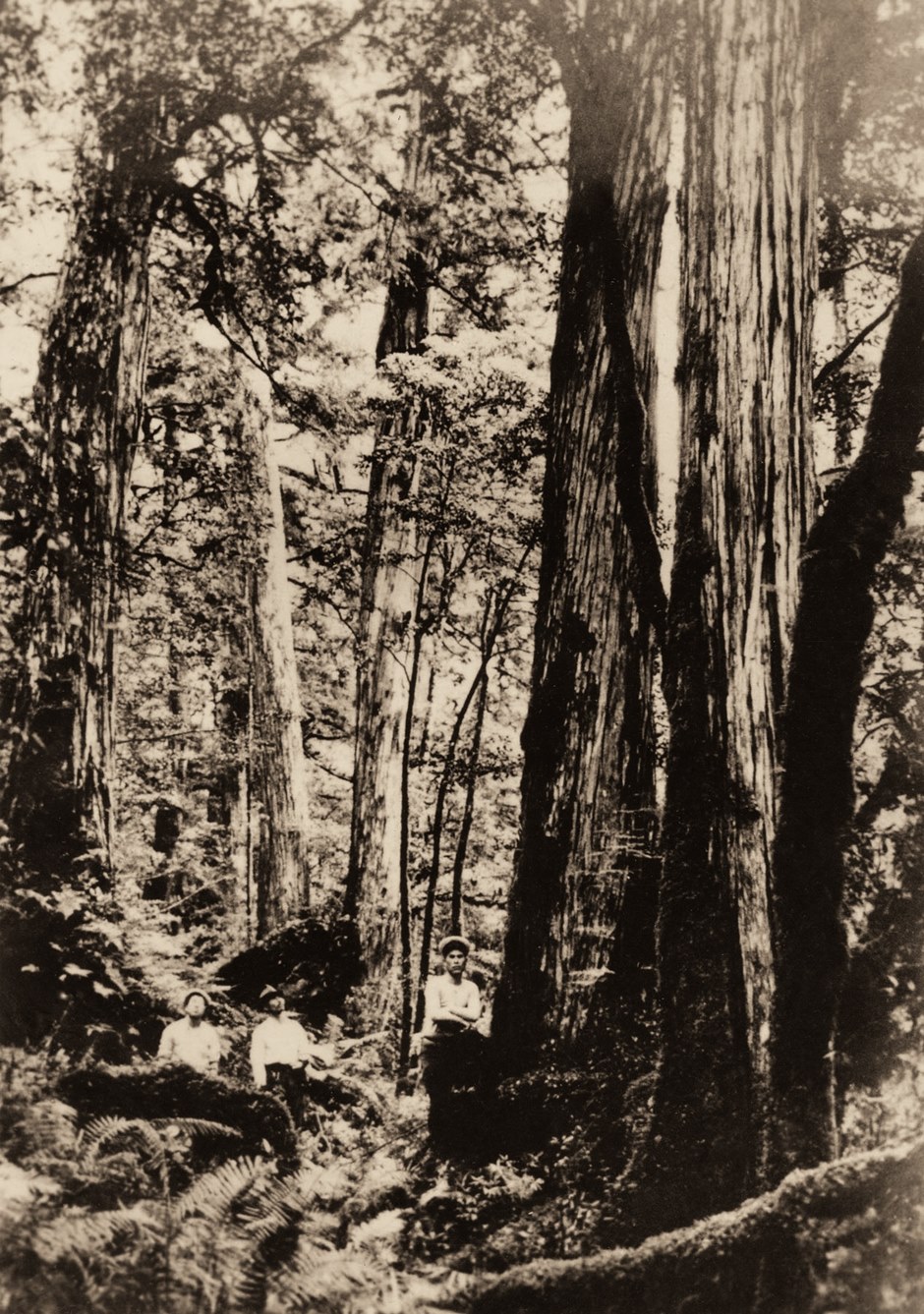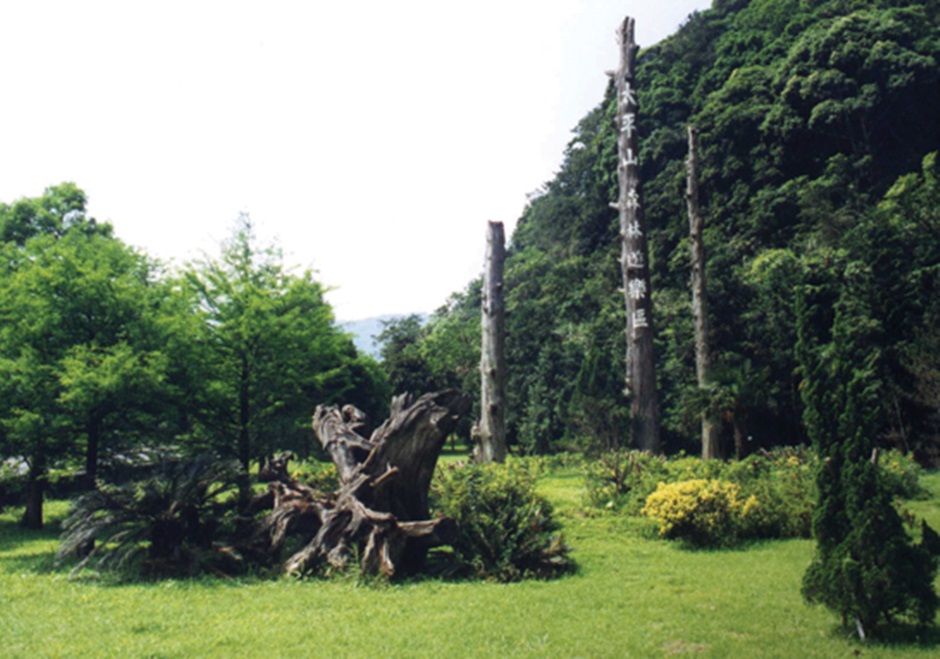The History of Forestry
In 1906, as Japanese police officers for indigenous affairs going through the defense line in Fanfan Mountain, they discovered there were a lot of huge trees standing on the bank of Lanyang River. Because the indigenous people—The Atayal--- were still not submissive to the Japanese authorities, these Japanese police officers could only view the forest from afar and termed it impromptu as “The Chi-lan Mountain Forest”. It was not until Oct. 1914 that the Office of Governor-General of Taiwan had decided to dispatch two experts—Nagasato and Yata—to do a thorough investigation. Escorted by the police officers, they penetrated deeply into this forest and found out there were huge amount of big trees, especially the precious cypress had a good portion of them. It was just like a sleeping treasure hidden in the sea of forest for hundreds of thousands of years. From then on, the story of Taipingshan’s forestry had unfolded gradually.
In the ancient times, the indigenous Atayal people who were hunting in this area called their hunting territory in Chialo Maintain with a poetic name-- 「Mien Nao」, meaning the thick and green forest. In 1915, the Japanese authorities changed the original name into Taipingshan, meaning the state of permanent stability and peace.
Geographically, the Central Range and Xueshan Range lie in the west of Taipingshan while the Pacific Ocean is on the east. The average temperature is about 13℃ and the humidity is above 85% all year round. Thanks to these conditions, it becomes a paradise for plants to grow. For the same reason, those valuable trees, such as Taiwan Cypress, Taiwan Beech, Taiwan Hemlock, Luanta-fir and Taiwania, are abundant in Taipingshan. Since its establishment, Taipingshan has developed into three major zones: Old Taipingshan Camp, New Taipingshan Camp and Tayuan Mountain Branch Camp.
Old Taipingshan Camp: The earliest location of Taipingshan forestry. It is situated in the Chialo Maintain and along the south bank of Towan Brook, started from Tuchang and centered on Lantai. Its golden age was from 1915 until 1936 when most of the forestry operations had been transferred to New Taipingshan Camp.
New Taipingshan Camp: This is the place where most people are familiar with today. It is situated upstream of Lanyang River and surrounded by Nanhu Mountain Range and Sanshing Mountain Range. It has flourished since 1937 when the gravity of forestry moved from the old camp to this location. And the logging business had continued prosperously until the policy of forest management significantly changed in 1982. In that year, the logging operations had come to an end in Taipingshan.
Tayuan Mountain Branch Camp: Initially, this camp was developed by a private enterprise named “THE TAIWAN DEVELOPMENT CO., LTD. “and was adjacent to Taipingshan. After the Japanese defeat in 1945, it was took over by the Taiwan Provincial Government and incorporated into Taipingshan as a branch camp. Its logging operations were ended in 1974. The most famous two settlements originated from its timber business are Jhongjian and Cueifong Lake.
In 1983, due to the change of social structure and environment demand as well as the long-term strategy, Taipingshan has been turned into a forest recreation area from its former function. Several sites are designed as recreation locations and the old logging facilities, such as mountain railway, Bong Bong Train, aerial cableway and logging train, are preserved to educate visitors about the history of Taipingshan. Afterwards, the new era of Taipingshan as a pioneer of environment conservation and ecotourism has begun.
- Fans Group for Taipingshan
